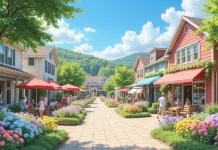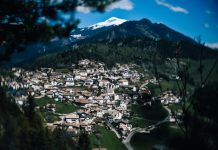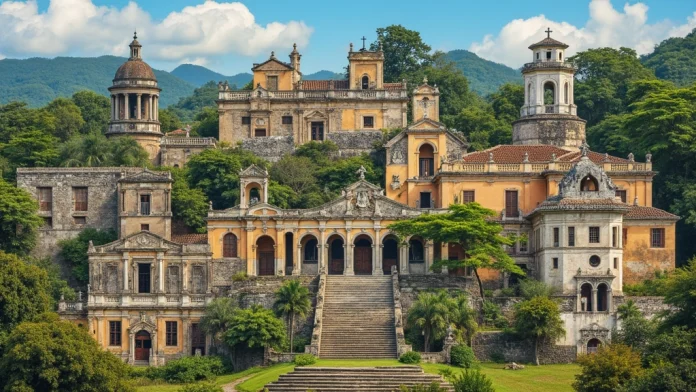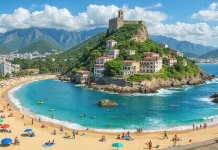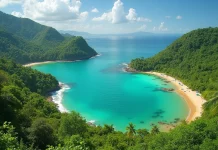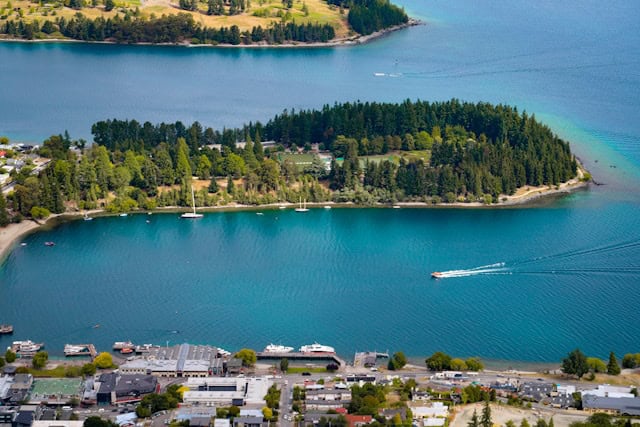10 Breathtaking Historical Sites in Brazil You Must Explore Before You Die!
Brazil is not just a country of carnival and samba; it’s a treasure trove of history waiting to be uncovered. From colonial towns to ancient ruins, each historical site tells a unique story of Brazil’s rich culture and past. These stunning destinations showcase the beauty of architectural brilliance and give insight into Brazil’s diverse heritage. Prepare for a journey through time as we uncover ten sites that promise to leave you in awe and inspire your wanderlust.
Whether you’re a history buff or just love to immerse yourself in different cultures, these breathtaking landmarks will spark curiosity and admiration. Let’s embark on this journey across Brazil, where the past and present merge in the most beautiful ways.
1. The Historic City of Ouro Preto
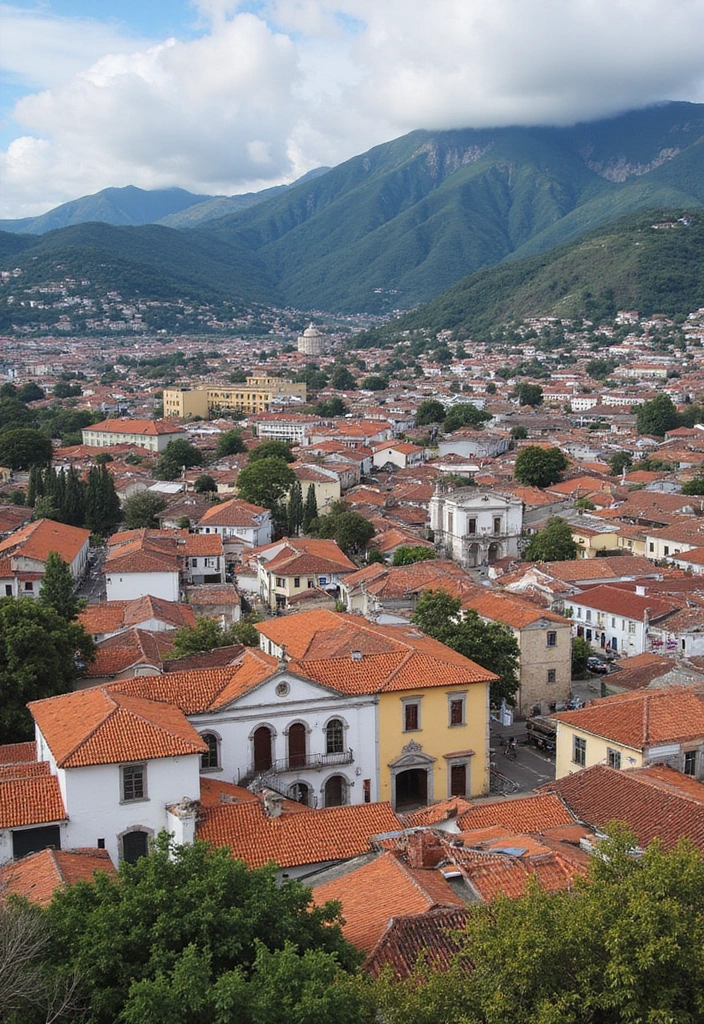
Ouro Preto, a UNESCO World Heritage site, is a captivating town nestled in the mountains of Minas Gerais. Known for its baroque architecture and cobblestone streets, this place is a living museum of Brazil’s colonial past. As you stroll through the town, you’ll encounter stunning churches like São Francisco de Assis, adorned with intricate gold leaf decorations that speak of the wealth once generated by nearby gold mines.
for visiting:
– Don’t miss the view from the Mirante de Ladeira; it’s a photographer’s paradise!
– Taste local delicacies like ‘pão de queijo’ (cheese bread) at small cafés.
– Make sure to wear comfortable shoes; the streets can be steep!
Ouro Preto is not just about sights; it’s about experiencing the culture that shaped modern Brazil. From art exhibitions to lively festivals, this town pulses with life and history.
2. The Ruins of São Miguel das Missões
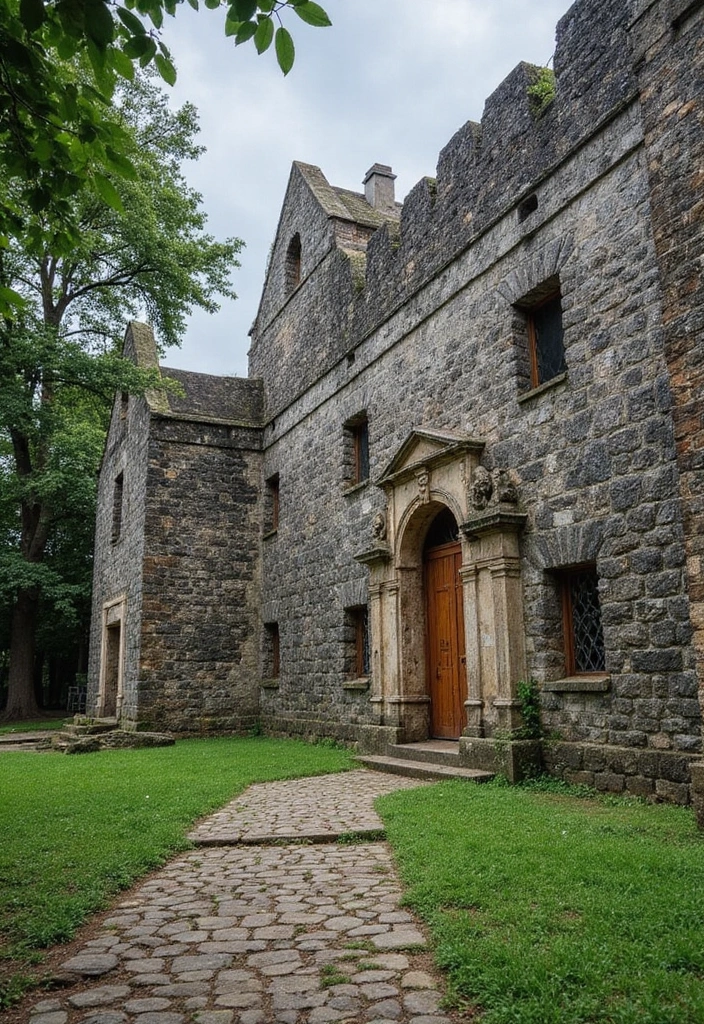
Travel back to the 17th century at the ruins of São Miguel das Missões, a Jesuit mission in Rio Grande do Sul. These partially restored stone structures resonate with stories of cultural exchange between the Jesuits and the indigenous Guarani people. The impressive church façade, adorned with intricate carvings, invites you to ponder the spiritual and social dynamics of the era.
– Attend the annual ‘Rodeo of Missões’ where local traditions come alive.
– Explore the museum nearby to deepen your understanding of the Jesuit missions.
– Enjoy the scenic landscapes surrounding the ruins, perfect for a serene picnic.
Visiting these ruins is not just about viewing them; it’s about understanding the layers of history and culture that continue to shape Brazil.
3. The Historic Center of Salvador
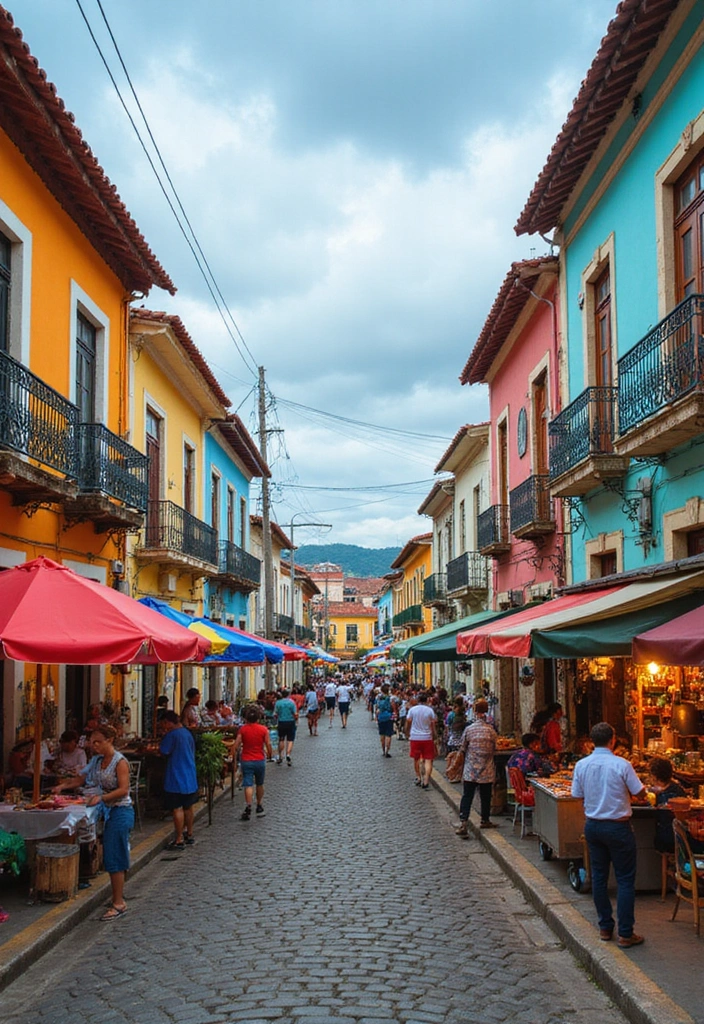
Salvador is a city where history and culture dance together, and the Historic Center, known as Pelourinho, is the heart of this vibrant mix. The colorful buildings, lively street performances, and rich Afro-Brazilian culture create a unique atmosphere. Major landmarks like the São Francisco Church are filled with ornate decorations that reveal the artistry of the colonial period.
Exploring tips:
– Wander through the streets to discover hidden art galleries and artisan shops.
– Try local street food like ‘acarajé’ and experience the flavors of Bahian cuisine.
– Attend a capoeira performance to feel the rhythm of local culture.
Pelourinho is a sensory delight, offering a glimpse into the historical roots of Brazil’s diverse population and traditions.
4. The Colonial Town of Paraty
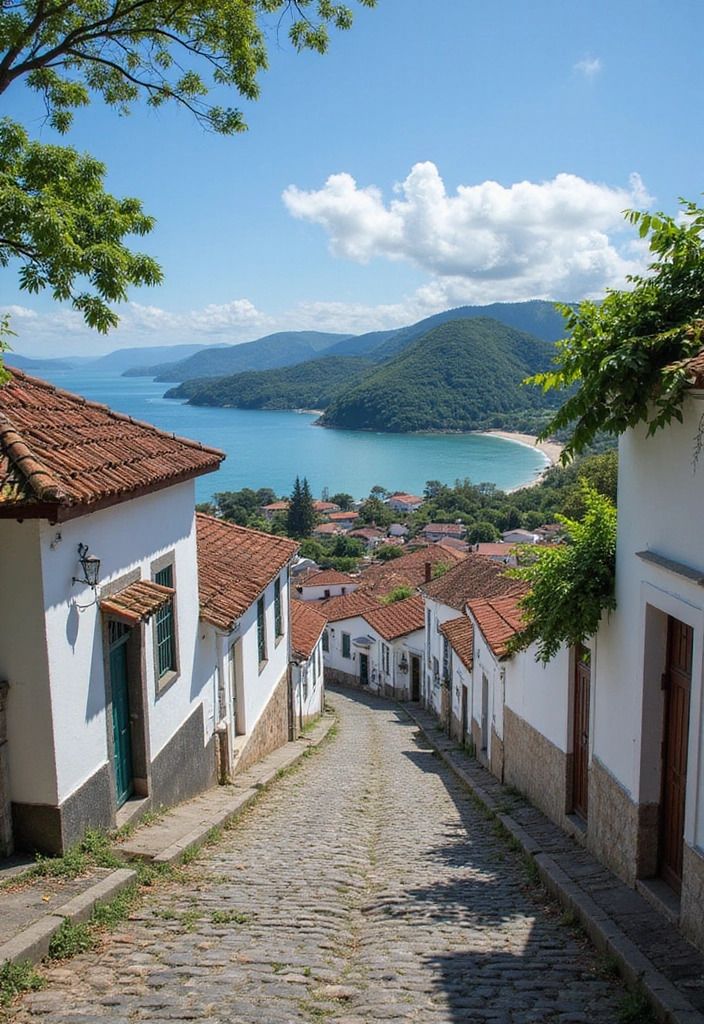
Paraty, another UNESCO World Heritage site, is celebrated for its well-preserved colonial architecture and stunning natural surroundings. The town’s whitewashed buildings with decorative doors and window shutters create a picturesque setting that feels like stepping back in time. Paraty is not just a visual delight but also a cultural hub, hosting various festivals throughout the year.
Must-visit spots:
– Explore the historic churches and the beautiful waterfront.
– Take a boat tour to discover the nearby islands and beaches.
– Don’t forget to sample local cachaça at the distilleries.
The gentle vibe and historical charm of Paraty make it an ideal stop for those craving a mix of relaxation and exploration.
5. The Capital of Brasília
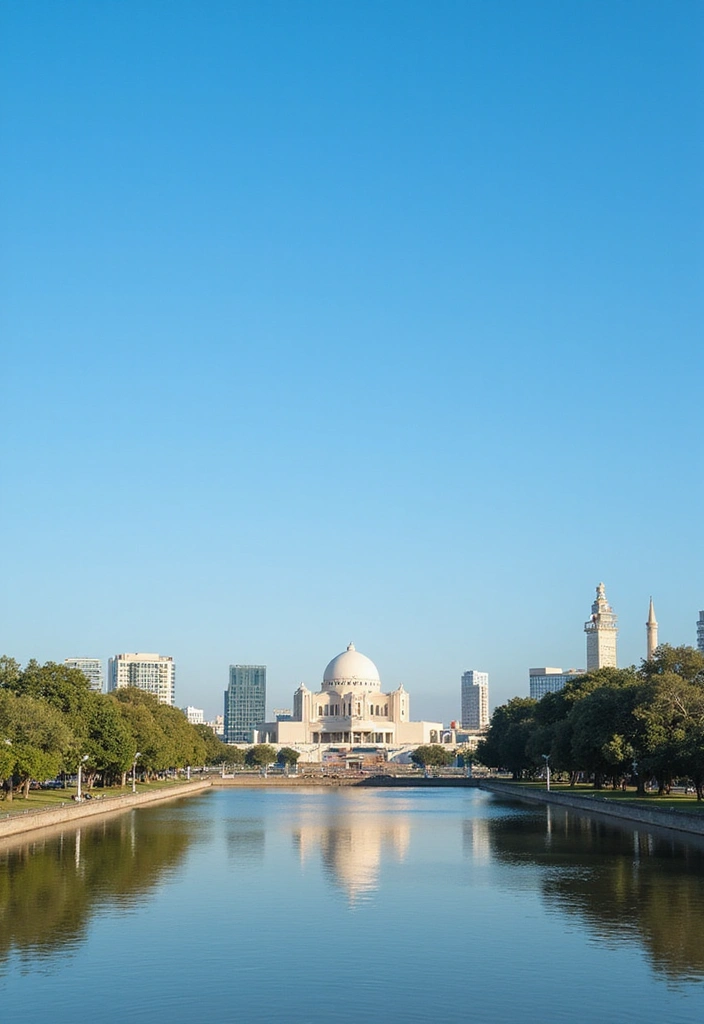
Brasília, Brazil’s capital, is a modernist masterpiece designed by architect Oscar Niemeyer. The city itself is a UNESCO World Heritage site, showcasing innovative architecture and urban planning. Buildings like the Cathedral of Brasília with its striking hyperboloid structure exemplify the blend of creativity and function.
Exploration tips:
– Visit the National Museum to learn about the nation’s history.
– Don’t miss the panoramic view from the City’s TV Tower.
– Take a guided tour to appreciate the city’s unique design concepts.
While Brasília may appear very contemporary, its design reflects Brazil’s cultural history and aspirations, making it a fascinating place to explore.
6. The Impressive Ruins of the Fort of São João
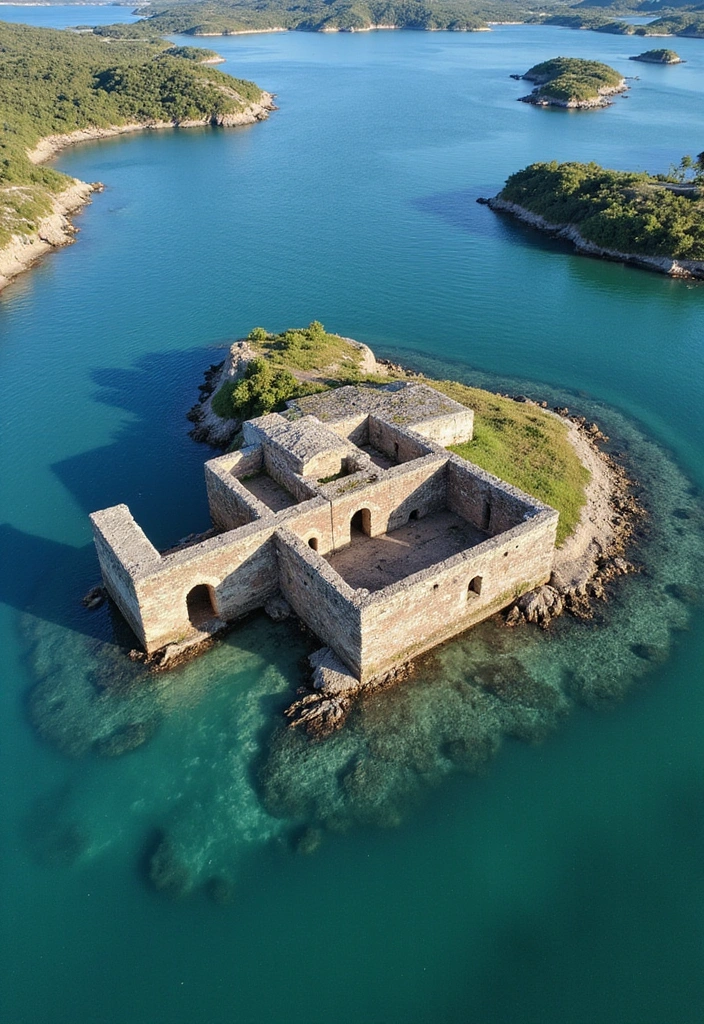
Set in the famous Cagarras Islands, the Fort of São João stands as a testament to Brazil’s military past. Built in the 17th century to protect the coastline from invasions, these ruins offer a glimpse into maritime history and military strategy while providing breathtaking views of the surrounding ocean.
Visitor insights:
– Plan your visit during the off-peak season for a more tranquil experience.
– Bring your camera; the scenic views are picture-perfect!
– Pair your visit with a boat tour around the islands for extra adventure.
The fort’s remnants are steeped in history, making it a thrilling destination for history enthusiasts and nature lovers alike.
7. The São Paulo Museum of Art (MASP)
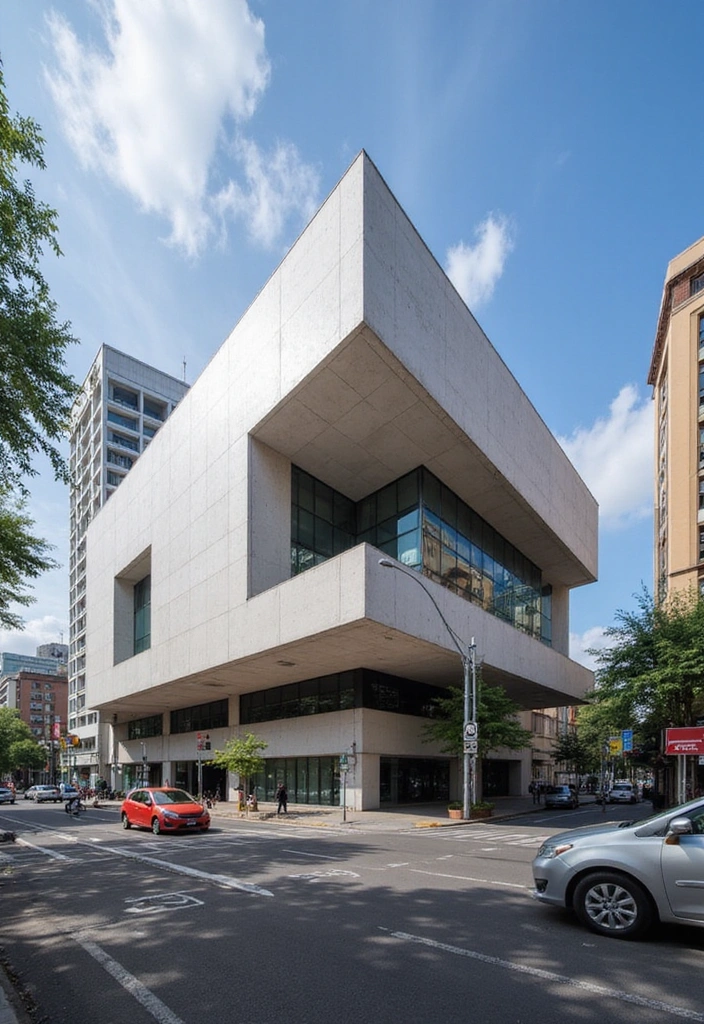
The São Paulo Museum of Art, often dubbed MASP, is an architectural icon that houses an extensive collection of Western art. Its unique design, with the museum elevated on glass pillars, provides not only a space for art but also a striking view of Avenida Paulista. Inside, you can marvel at works from artists like Van Gogh and Rembrandt, offering a cultural experience like no other.
for your visit:
– Check out the museum’s program for temporary exhibitions.
– Enjoy a coffee in the museum’s café while soaking in the artistic atmosphere.
– Take a stroll along Avenida Paulista afterward, where culture thrives on every corner.
With a blend of history and modern artistry, MASP is a must-visit for anyone interested in Brazil’s cultural evolution.
8. The Old Town of São Luís

São Luís, the capital of Maranhão, is known for its historic center filled with colonial buildings and rich Portuguese heritage. The unique blue tiles that adorn many structures tell stories of the past, and the lively culture of the city is palpable. São Luís is also famous for its music and festivals, especially the Bumba Meu Boi, which showcases traditional culture vibrantly.
Visiting recommendations:
– Explore the local markets to find handmade crafts and souvenirs.
– Attend the annual music festival if your visit coincides with it.
– Don’t miss the chance to try local dishes like ‘carne de sol’ (sun-dried meat).
Navigating through São Luís feels like wandering through an open-air museum, where the warmth of local culture invites you to stay a little longer.
9. The Ancient City of Tefé
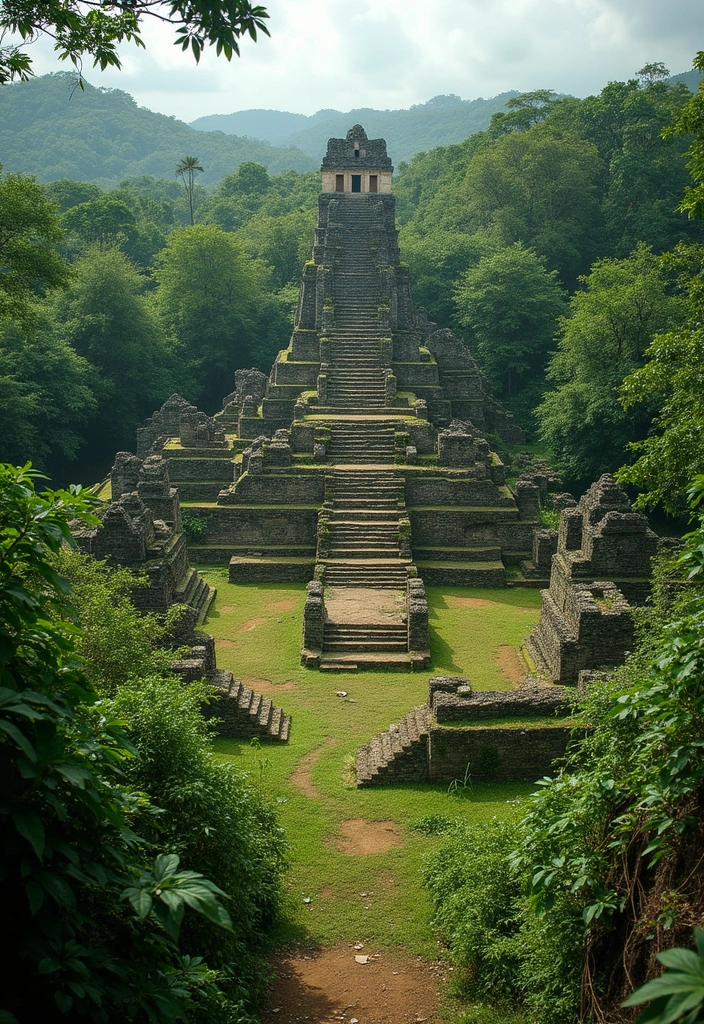
Tefé, located in the heart of the Amazon rainforest, is rich in indigenous history and culture. This lesser-known gem is home to the ancient ruins of the city of ‘Cáritas,’ which reveal the complexities of pre-colonial societies in Brazil. Walking through these ruins allows you to connect with the stories of the indigenous people who once thrived in this lush environment.
Exploration tips:
– Hire a local guide to truly appreciate the historical significance of the ruins.
– Visit the nearby lakes and rivers for stunning natural beauty.
– Experience the local communities and their crafts to understand their way of life.
The historical and cultural fabric of Tefé is woven with stories that resonate profoundly, making it a hidden treasure for adventurous travelers.
10. The Historic Town of Olinda
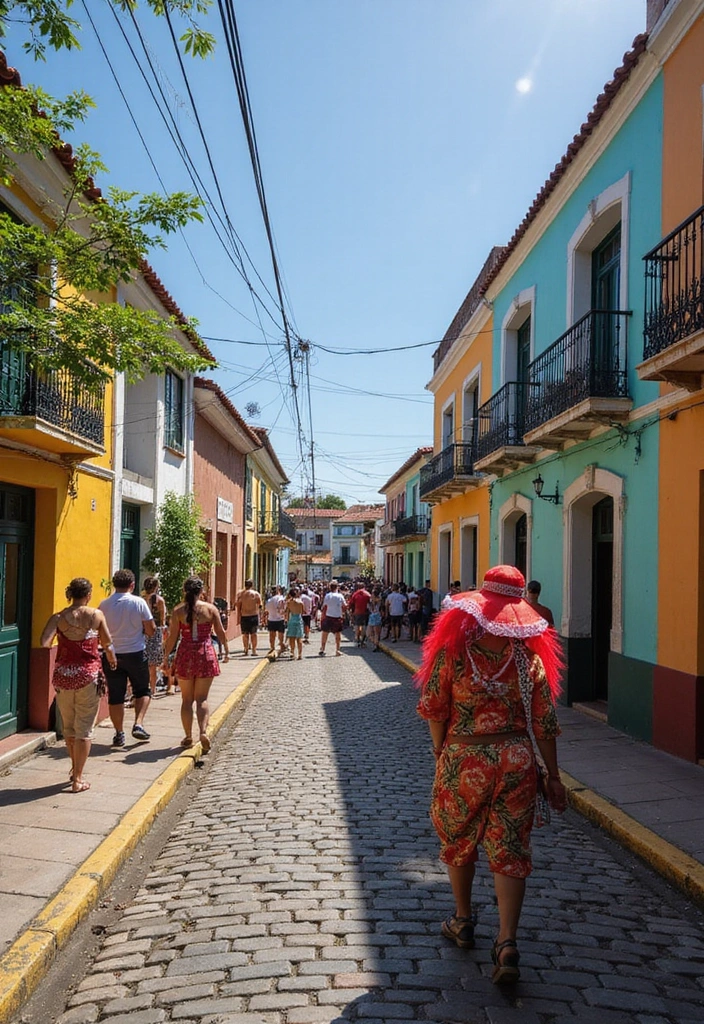
Olinda, another UNESCO World Heritage site, is a charming town near Recife famous for its rich history and stunning baroque churches. The hillsides are lined with colorful colonial buildings, and the town is alive with music and festivals, particularly during Carnival. The historic center is filled with art studios and local crafts, perfect for soaking in the vibrant culture.
Key attractions:
– Visit the Church of São Bento for its stunning interior.
– Join the Carnival celebrations if you’re visiting in February.
– Experience the local art scene by visiting galleries and studios.
Olinda invites you to dance through its streets, experience its history, and appreciate the artistic spirit that flows through this enchanting town.
Conclusion
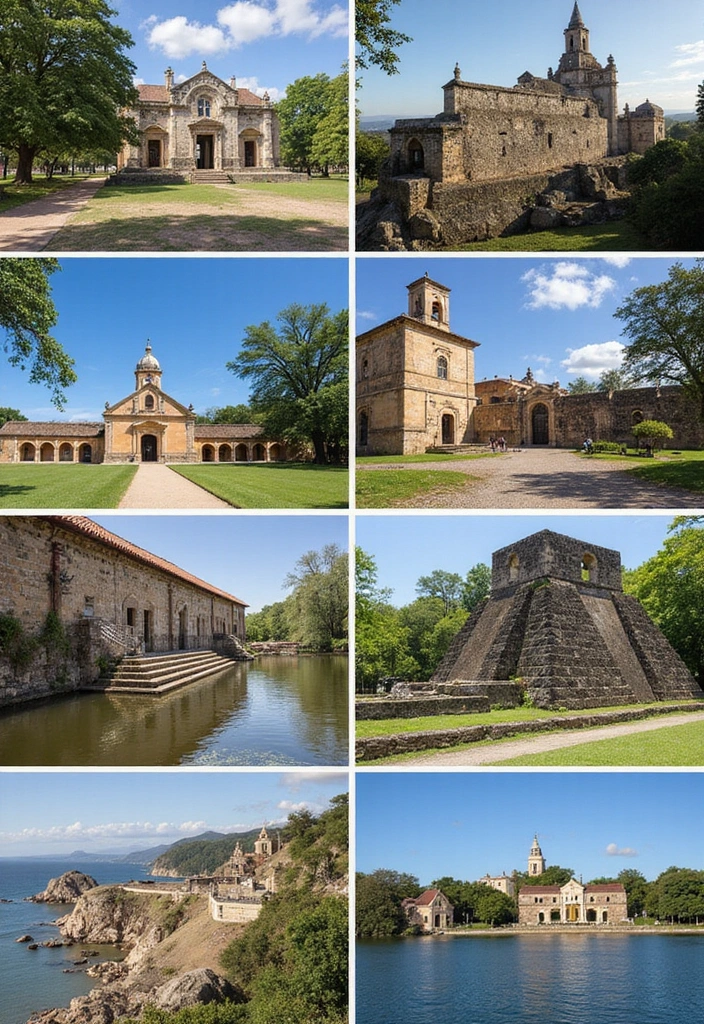
Brazil is a land filled with stories, and these historical sites offer a glimpse into its fascinating past. Each destination, rich in culture and heritage, invites you to learn, feel, and appreciate the diverse narratives that shape this vibrant country. Whether you’re wandering the cobblestone streets of Ouro Preto or marveling at the modernist architecture of Brasília, the historical treasures await your discovery. Ready to pack your bags and uncover Brazil’s history?






